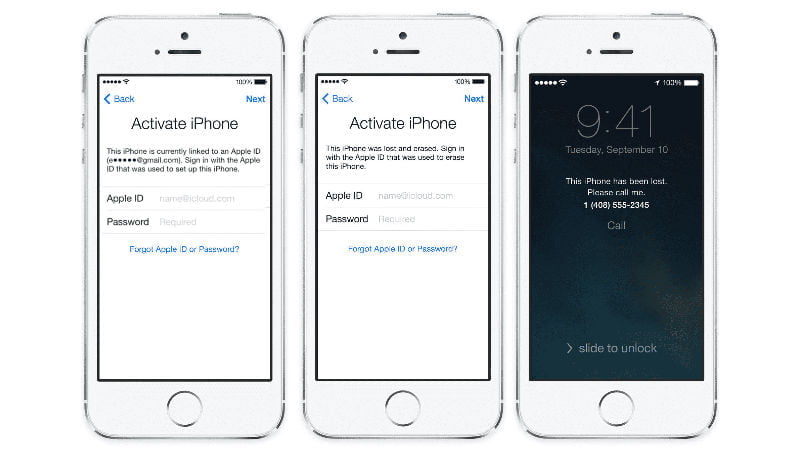
How do you market to a generation that lives and works differently than any other generation before it? That’s the challenge that digital marketers are currently facing when it comes to grabbing the attention of the generation known as Gen Y, the selfie generation, the always-on generation or, the term most commonly used, millennials.
The Generation X is characterized by its strong work ethic, sound decision making and stability. Those qualities made marketing to Gen Xers easy. Millennials, on the other hand, have left marketers wondering how to grab the attention of a population that has their heads stuck in their electronic devices. But what seems to be a social faux pas is actually an asset in marketing. I’ve learned that the key to marketing to millennials is learning more about how they think and respond to ads.
Here’s what we know about millennials.
The millennial generation was born between approximately 1980 and 2000. Millennials are expected to be America’s largest generation by 2019, which means they make up a fair share of the marketing audience. Millennials started using technology the minute they could walk and talk. While some aspects of technology are foreign to other generations, it’s second nature to the selfie generation.
Society has also labeled millennials as being entitled, impatient and more likely to expect immediate gratification. But perhaps what is less known about millennials is that they’re a socially conscious bunch. They’re happy to pay companies more if they’re local or support a green economy.
Millennials shop differently than past generations.
In marketing to millennials, I’ve often had to remind myself that they’ve grown up in harsher economic times than Gen Xers. Millennials have a lower median income and less disposable income than past generations. They’ve learned how to live well on less, and that makes their shopping habits much different from their predecessors.
The millennial generation knows how to take advantage of technology to get the best quality for the best price. They’re masters at showrooming, finding what they need in brick-and-mortar stores and then searching for the best deals online. Millennials are adept at finding discounts, using coupons and getting free shipping.
Branding is important to millennials, but price sometimes overshadows it. A meaningful loyalty program often helps them overcome concerns about higher priced brands. Millennials consider options carefully before they’re willing to spend their money. They’re not likely to buy into flashy, self-promotional ads. If you want to earn millennial trust, you have to be authentic.
I’ve also learned that millennials are social media mavens. Social media ads, comments and reviews highly influence them, especially when the ads are relevant. When they have a great experience with a product or service, they’re happy to let their peers know about it on social media. The same is also true if they have a negative experience.
Understand what does and doesn’t work when marketing to millennials.
Before I discuss marketing strategies that do work for millennials, I want to review what doesn’t work: showy online ads for the random sale of the week. Such ads are too irrelevant and impersonal to attract the Gen Y consumer’s attention. Marketers can use better approaches to motivate them to stop scrolling and start clicking.
Millennials have caught on to the idea that most stores will price match, so they have come to expect it. If a millennial holds up a cellphone boasting a competitor ad for the same product or service that you’re offering, be prepared to offer the same deal.
They’re an entrepreneurial population that takes delight in supporting local businesses. They’ve been brought up learning about things like global warming and preserving natural resources. As a result, they’re committed to preserving the world’s natural resources. Businesses that actively support and promote a greener economy will get millennials to take a breather from scrolling and learn more about what the company has to offer.
Millennials won’t be caught without multiple mobile devices, so marketers need to ensure that their ads display clearly on all mobile devices. Digital marketers will find greater power in social media because most millennials pull it up before they brush their teeth in the morning. It’s where they go to find the best promotions and discounts. They also hit up social media when they need immediate customer service or to leave fast feedback on purchases.
If you want to get a millennial’s attention at just the right time, remarketing lists for shopping ads (RLSAs) are the way to go. These ads appear based on the pages that consumers have previously browsed. Seeing ads multiple times when they’re actively shopping creates a more personal connection. Chances are good that they’ll add the item to their shopping cart or click to get more information.
Evolve your marketing strategy as your audience evolves.
As you look toward the future of marketing, the only thing that you can be certain of is that your audience is bound to change. When you learn what makes a new generation tick, it’s far easier to evolve your marketing strategy to ignite a spark that gets them to click.
[“Source-forbes”]



